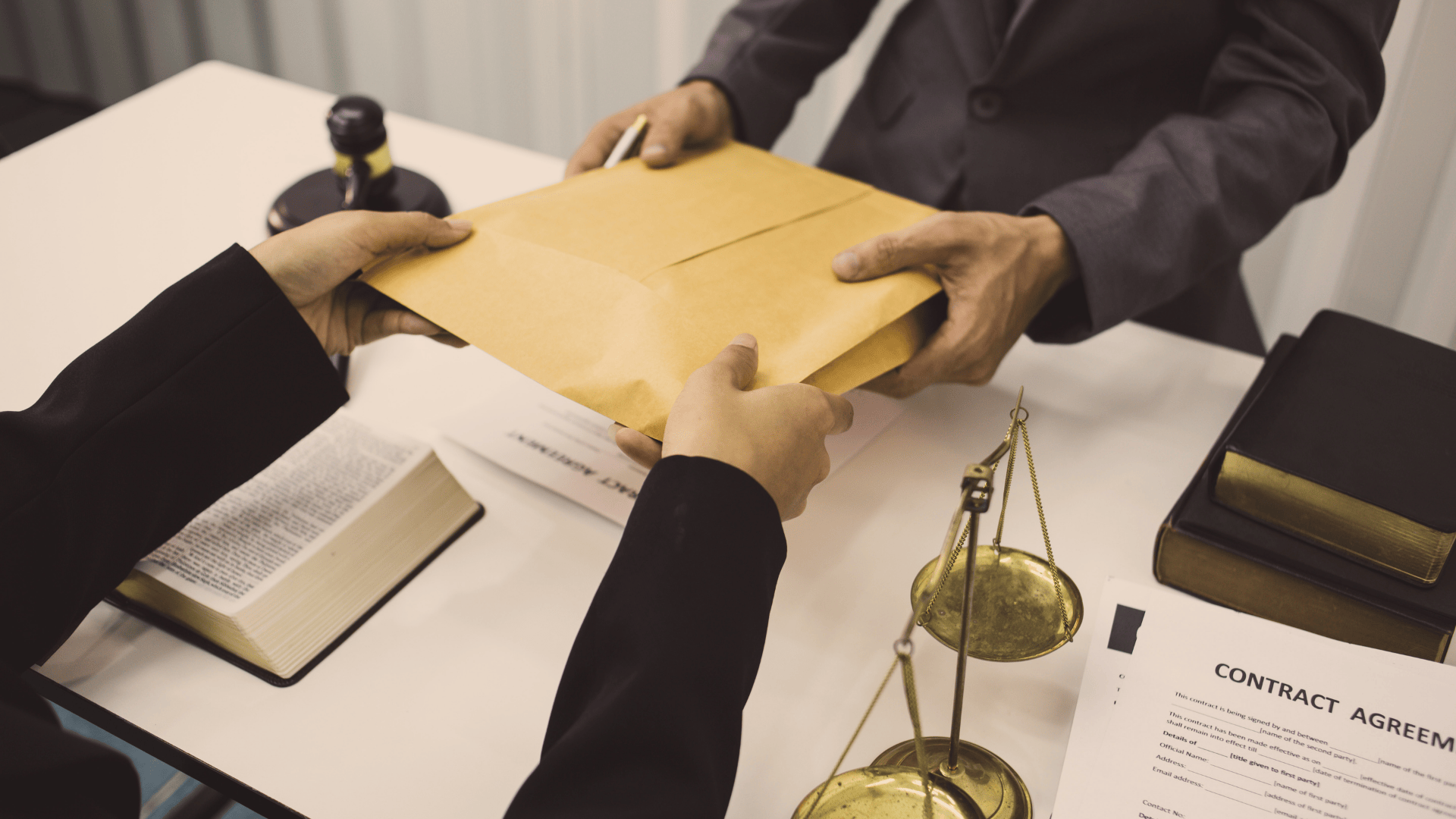After a car accident, one of the most important and most contested questions is: who was at fault? That determination can make or break your ability to recover compensation. It affects how much the insurance companies will pay, whether your claim is accepted or denied, and what kind of legal leverage you have if things go to court. In some cases, it can even lead to criminal liability.
Of course, proving fault isn’t always straightforward. Even if you know you weren’t to blame, you’ll still need evidence to back that up. And that’s where the right strategy, and the right legal help, comes into play.

Why You Should Talk to a Personal Injury Lawyer First
Before you start collecting evidence or dealing with the insurance company, it’s a good idea to consult with a personal injury lawyer. Fault disputes are incredibly common, and insurance adjusters are trained to minimize payouts even when liability seems obvious.
An experienced car accident attorney will investigate the crash and preserve time-sensitive evidence, identify all parties who may share liability, work with accident reconstruction experts if needed, handle communication with insurers and opposing counsel, and ultimately build a strong, well-documented case on your behalf. They’ll even negotiate to win you a bigger settlement or represent you in court if settlement negotiations fail.
The earlier you involve a lawyer, the more they can help protect your interests and prevent mistakes that could hurt your case later. Most personal injury lawyers will meet with you initially for free and work on a contingency fee basis, so there’s no financial risk or downside to reaching out.
Types of Evidence That Can Establish Fault
Proving fault in a car accident usually requires multiple types of evidence that support your version of events. No single piece is likely to carry the whole case on its own; it’s the combination of facts that creates a convincing picture.
Here are the most common forms of evidence used in car accident claims:
- Police reports. Assuming officers responded to the scene, they likely created an accident report that includes their observations, statements from drivers and witnesses, diagrams of the accident scene, and citations or notes about apparent traffic violations. While police reports aren’t always admissible in court, they carry a lot of weight during negotiations and can support your claim from the outset.
- Photos and videos. Visual evidence is incredibly useful. Photos of vehicle damage, skid marks or debris at the scene, road conditions, traffic signs, or visibility issues can strengthen your case tremendously. If surveillance footage, dash cam video, or even cell phone video exists, it can be critical. These recordings can show exactly what happened in real time, including speed, direction, and who had the right of way.
- Witness statements. Eyewitnesses who saw the crash, such as pedestrians, other drivers, or nearby residents, can provide neutral, third-party accounts. Their perspective may help confirm the sequence of events that led to this collision. Witness statements are most effective when they’re collected early, while memories are fresh, so see if you can find someone who saw what happened.
- Damage patterns and vehicle positioning. The way vehicles are damaged can reveal a lot. For example, rear-end damage typically points to the rear driver being at fault. Side-impact damage may suggest someone ran a stop sign or failed to yield. And the final position of vehicles can help reconstruct how the crash occurred. Sometimes, attorneys bring in accident reconstruction experts to analyze the physics of the crash and provide a professional opinion on fault.
- Traffic citations or arrest records. If the other driver was cited for speeding, running a red light, or driving under the influence, that citation may serve as strong supporting evidence of fault. While it’s not automatic proof, it adds credibility to your version of events.
- Your own statement and notes. Right after the crash, write down what happened, even if you already gave a statement to the police. Over time, details can fade from your memory. Document every detail you can recall about the accident and what led to it. If the case goes to litigation months or years later, having this record will be invaluable.
Establishing fault after a car accident is rarely cut and dry. Even when it seems obvious, the other driver’s insurance company may push back or argue that you were partially to blame. That’s why solid evidence matters, and why working with a personal injury lawyer is one of the smartest things you can do. The right evidence, gathered and presented the right way with an outstanding attorney by your side, can make the difference between a totally denied claim and a fair settlement.

Founder Dinis Guarda
IntelligentHQ Your New Business Network.
IntelligentHQ is a Business network and an expert source for finance, capital markets and intelligence for thousands of global business professionals, startups, and companies.
We exist at the point of intersection between technology, social media, finance and innovation.
IntelligentHQ leverages innovation and scale of social digital technology, analytics, news, and distribution to create an unparalleled, full digital medium and social business networks spectrum.
IntelligentHQ is working hard, to become a trusted, and indispensable source of business news and analytics, within financial services and its associated supply chains and ecosystems










